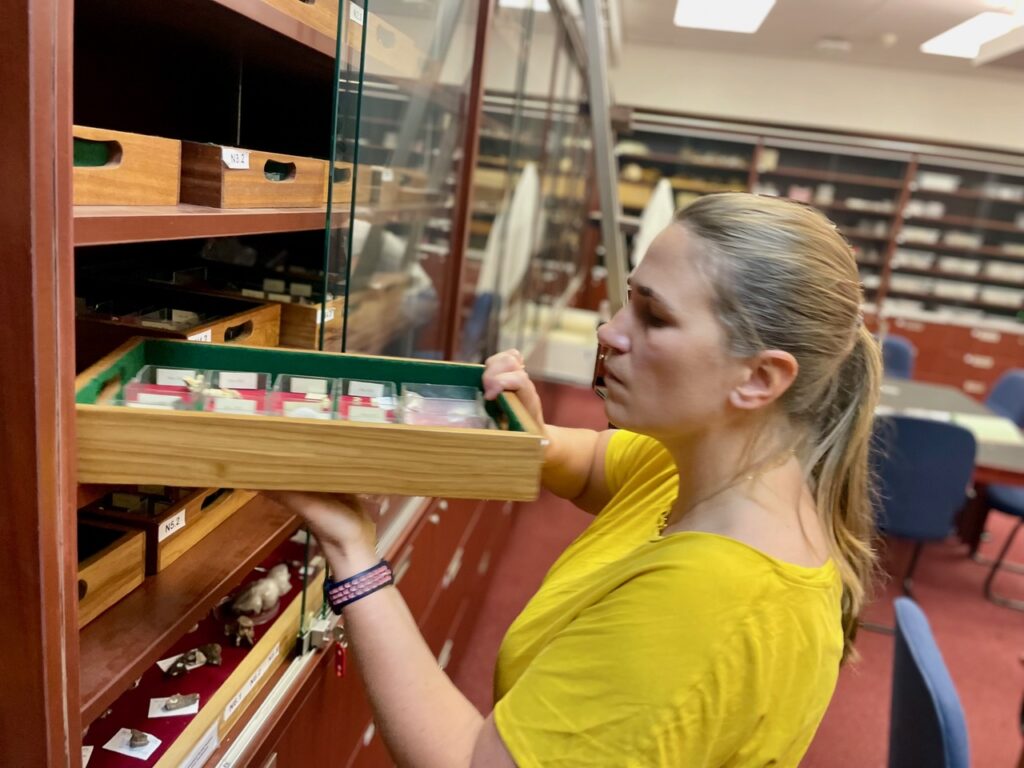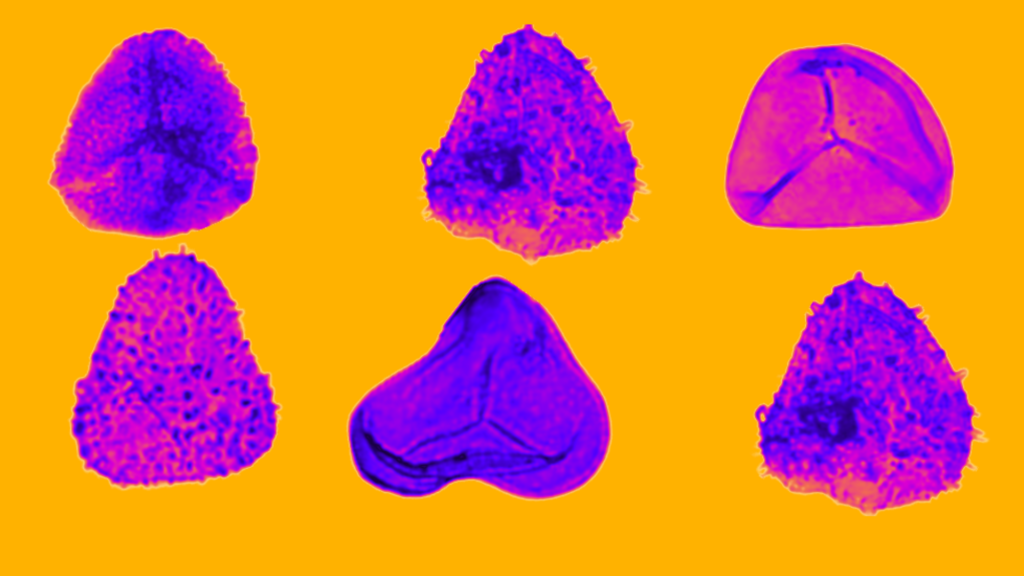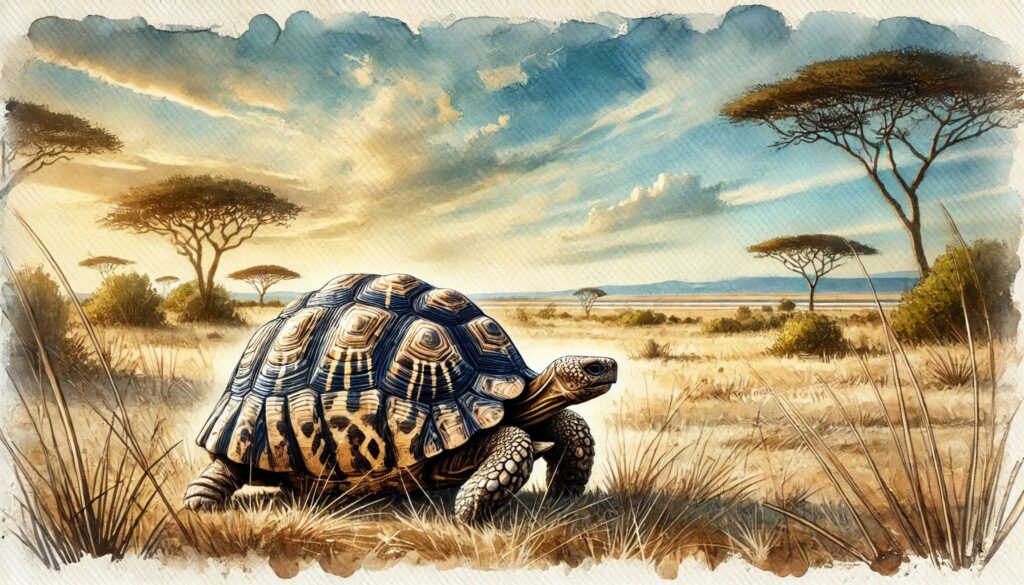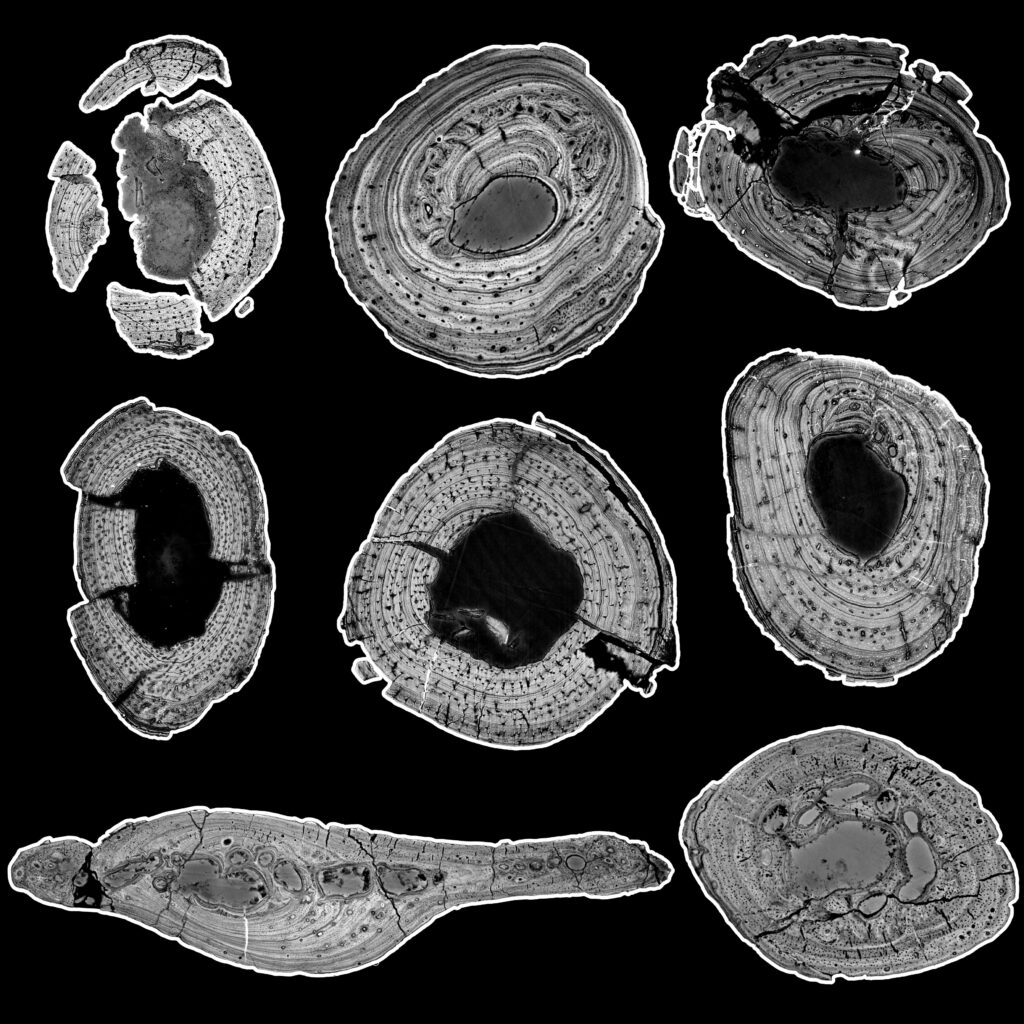Little Foot’s tale of hardship and hunger
The UK’s national synchrotron, Diamond Light Source has allowed for the most complete examination ever of Little Foot’s skull. This investigation has not only provided details of the Australopithecine's life, but also promises to offer insight into hominid evolution.
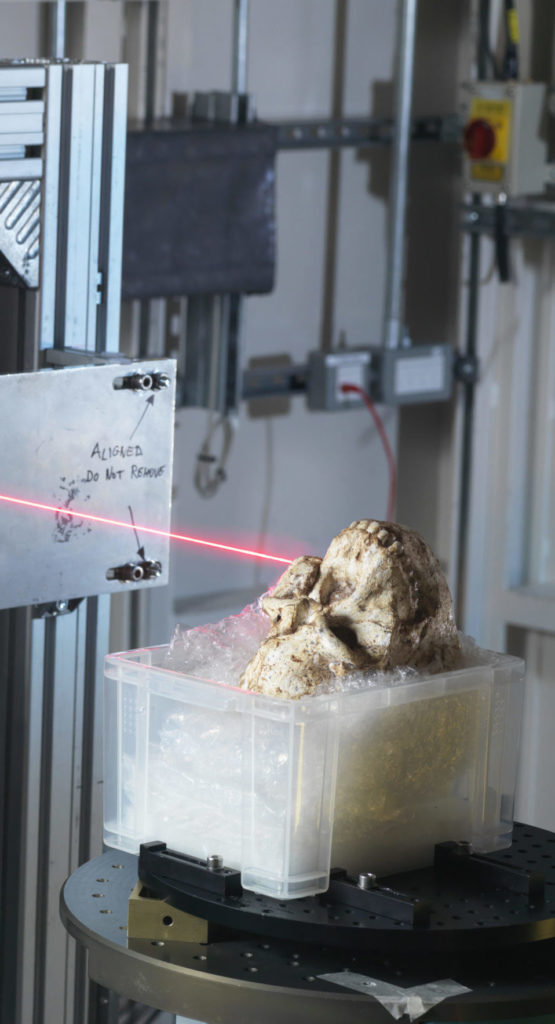
Small bites
- X-ray micro computed tomography has enabled scientists to peer into Little Foot’s skull.
- There is evidence that Little Foot suffered malnutrition as a child and underwent a change in her diet.
- Scientists hope that this technology will help answer questions about human evolution.
Rediscovered fossil site points to Homo erectus African origins
Little Foot’s life story is written in the enamel of her teeth and it was a hardscrabble tale of childhood malnutrition told by revolutionary new technology. This new technology was X-ray micro-computed tomography provided by the UK’s national synchrotron, Diamond Light Source. And a visit to this synchrotron recently allowed an international group of scientists a never before look into Little Foot’s skull.
The research, that appeared in the journal e-Life, showed that Little Foot had experienced two bouts of malnutrition or illness as a child and there was evidence that she had changed her diet. It also showed she died old. “Traditionally, none of these observations would have been possible without cutting the fossil into very thin slices, but with the application of synchrotron technology there is an exciting new field of virtual histology being developed to explore the fossils of our distant ancestors,” said the principal investigator, Dr Amélie Beaudet of the department of archaeology, University of Cambridge and honorary researcher at the University of the Witwatersrand.
The team also observed tiny channels in the braincase that could help in understanding human evolution. These channels that are less than a millimetre, were possibly involved in cooling the brain. As brain size increased dramatically through human evolution, understanding how temperature regulation worked is of interest to scientists. This was the most detailed examination of Little Foot, whose skeleton was discovered in the Sterkfontein Caves in Johannesburg by Professor Ron Clarke in 1994. She is an early Australopithecus hominid and it would take Clarke 20 years to find and excavate the specimen.
There is still a lot to be learnt about Little Foot, particularly how she is related to humans. “This level of resolution is providing us with remarkably clear evidence of this individual’s life. We think there will also be a hugely significant evolutionary aspect – as studying this fossil in this much detail will help us understand which species she evolved from and how she differs from others found at a similar time in Africa. This is just our first paper so watch this space,” said associate professor, Prof Dominic Stratford, at Wit’s School of Geography, Archaeology and Environmental Studies.
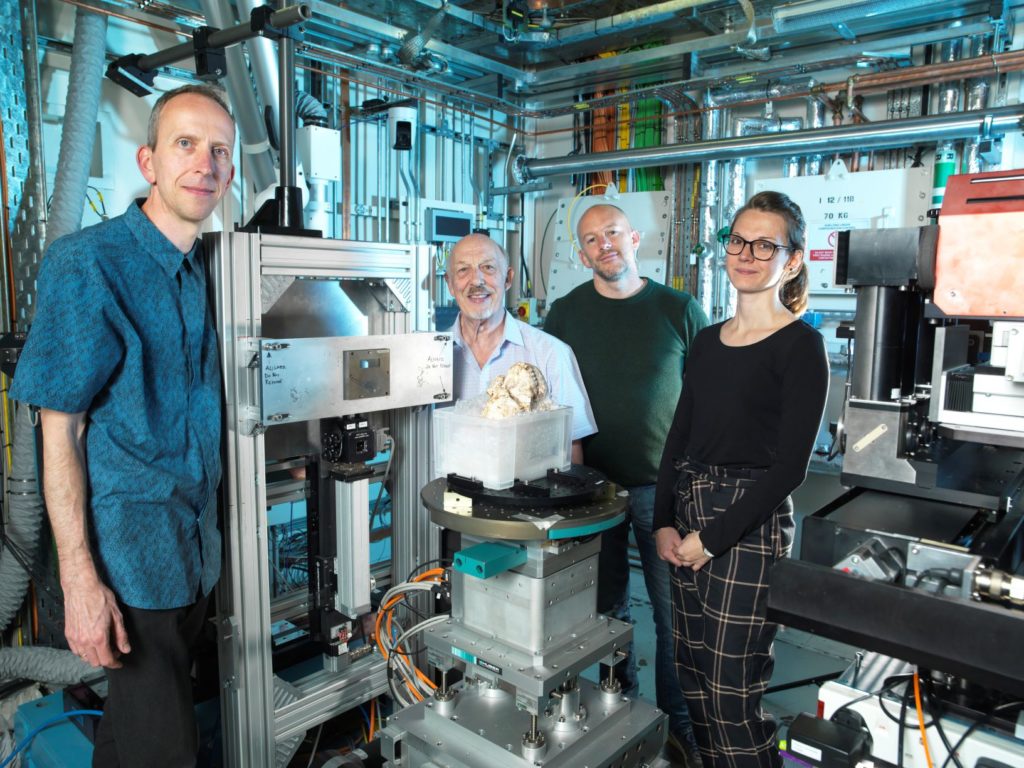
Links to other news
https://podtail.com/da/podcast/the-science-hour/uncovering-history-with-little-foot-s-skull/
